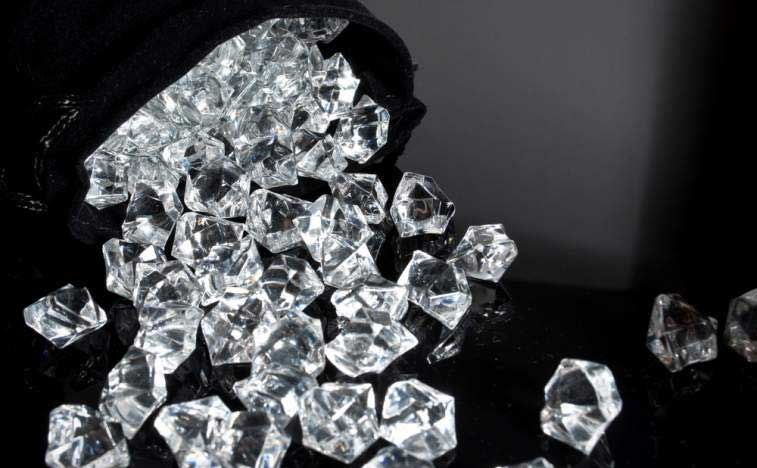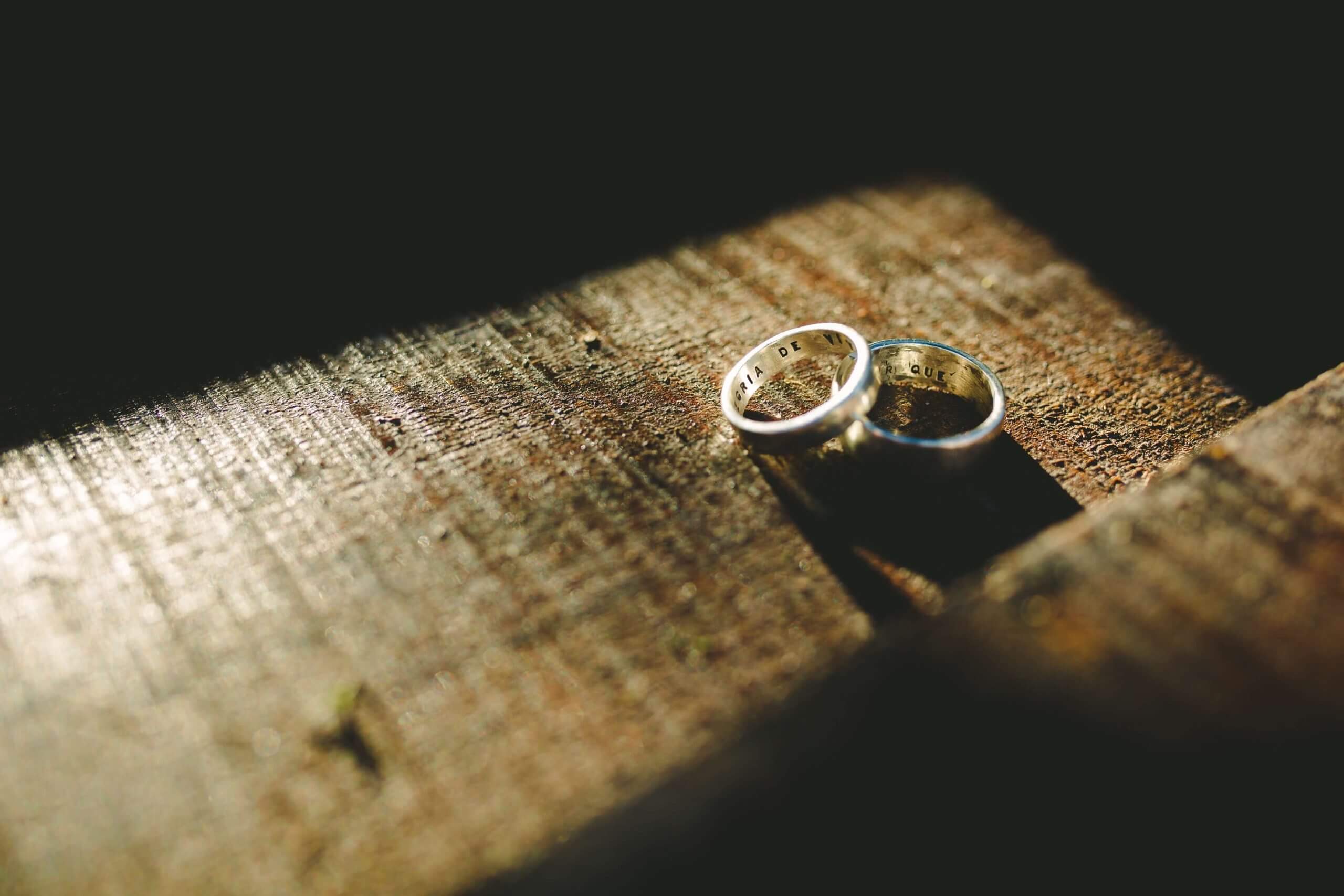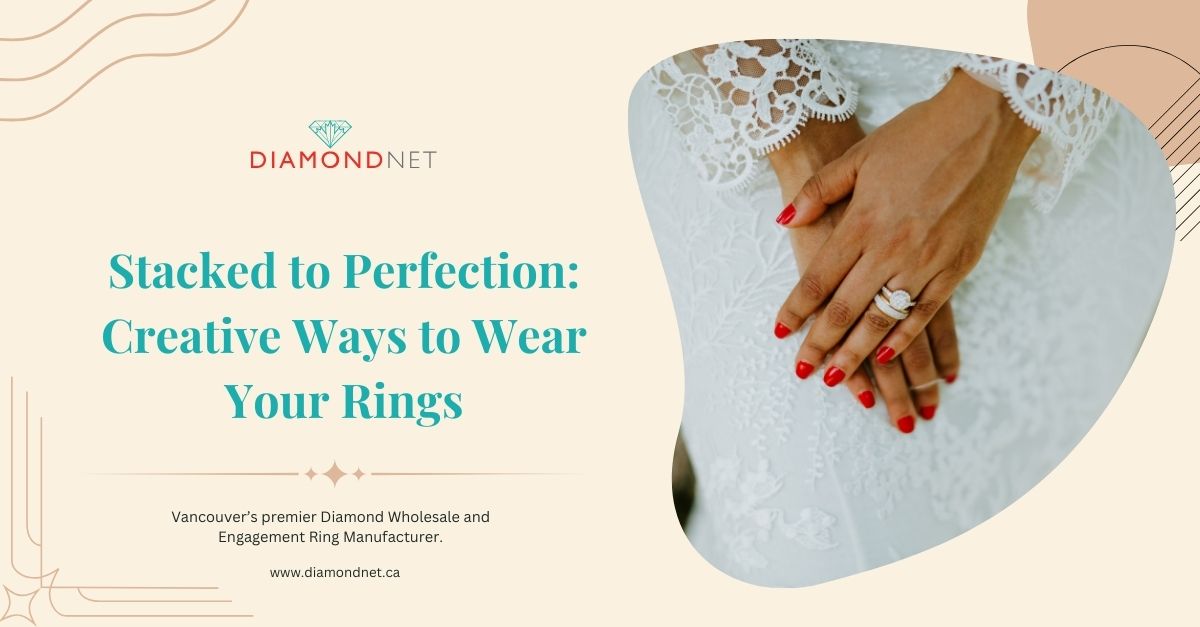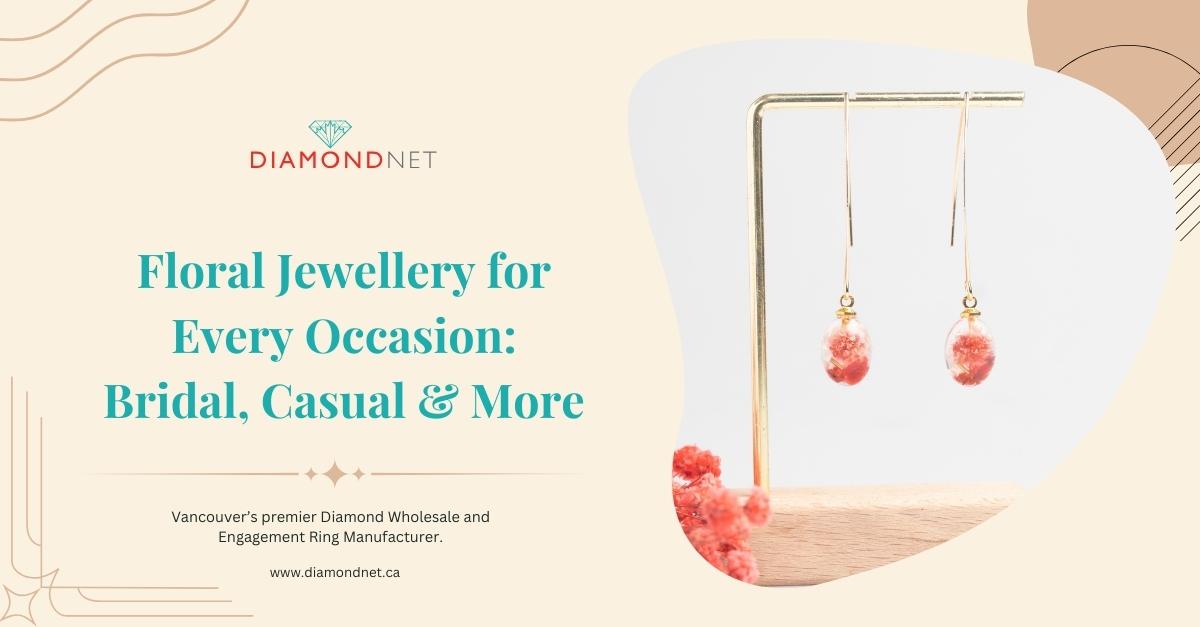Engagement rings have become a symbol of love and marriage between two people- but have you ever wondered how we came to use them? It seems so engrained in our North American culture that we don’t actually know how the tradition came about. Especially the reasoning why engagement rings are set with diamonds and precious stones. Let us explain how meaningful these tokens of love truly are.
History of Engagement Rings
It has been said that the custom of wearing a ring began in ancient Egypt, where grooms would fashion a ring because the circular shape symbolizes eternity. This tradition has been adapted throughout the world, but the ring was always worn on the left hand on the ring finger because it was said to contain the vena amoris, a mythological vein that lead directly to the heart. Throughout history, and as mining and metal technologies evolved, rings were made out of iron and steel. In ancient Rome, the woman would wear a gold ring in public, and an iron one at home while she was attending to household duties. Going to show that the aesthetic of a wedding ring has always been at the forefront of it’s purpose.
Where things really got interesting was when diamonds were found in south Africa in 1866. Wedding rings with diamonds were still only considered to be something that was worn by the aristocracy. But diamond production was at an all time high and people with lesser means were able to participate in this economy as well. It wasn’t until after the second world war and the great depression that wedding rings with diamonds were popular amongst all couples again. With a thanks to a marketing campaign by DeBeers that said A diamond is forever the standard of a diamond ring as being the only type of ring that is acceptable to be given at the time of proposal. It was suggested that men were expected to pay two months salary on the ring as a benchmark.
How Engagement Rings Look Today?
As the tradition has progressed within society, North Americans usually purchase an engagement ring before the proposal, and it is still traditionally set with a diamond. However more and more retailers and custom jewelry designers are branching out and using other precious gemstones to set the ring with. But statistics still show that regardless of the popularity of precious stones in engagement rings, diamonds are still favored by 80%. Fun fact, engagement rings for men are very popular in places in Europe and are called management rings- clever!
All in all, engagement rings have become a cornerstone of our society as a symbol of love and matrimony- and the tradition is not going anywhere. Instead the tradition has evolved depending on where you live in the world, and they have become more flexible based on your own belief system. However, statistics show that Americans spend around $4000 on an engagement ring, which seems like a lot of money but it is something that carries with it ancient tradition and sentimental meaning that is meant to last a lifetime.
History of diamond engagement rings
Let’s take a look back at South African diamond mining at the end of the 17th century. The 1867 discovery of diamonds in Cape Colony played a big part in making diamonds accessible to the average person. South African quickly yielded more diamonds than India had in their 2,000 years of diamond mining.
Initially, diamonds were incredibly rare and expensive. But after the Cape Colony supply was discovered, the diamond market was flooded. Prices fell drastically as a result of supply increase. The marketing mission for diamond producers was to convince the world that diamonds were the ‘it’ stone for everyone. Prices were low enough for anyone to afford.
Moving into the 20th century, trends began to change. Gemstones became less popular, and diamond supplies were slowing up. The American market was prime for a new jewelry craze, and diamond sellers saw an opportunity.
The famous 1947 slogan ‘a diamond is forever’ had a massive impact. With diamonds as the new symbol for love, the engagement ring sector exploded with diamond sales. And by the 1950’s, an engagement ring without a diamond was considered lackluster.
Diamonds have remained a symbol of engagement or marriage to this day. Of course, many options have evolved beyond the traditional cut and clarity. DiamondNet is a place where you can see latest engagement rings designs and find your desired ring with finest quality.
Where did Diamond come from?
Diamond is made from Carbon atoms, the oldest and most abundant element on earth. Carbon was formed 3 billion years ago below the surface of earth and under high heat and pressure, it was transformed to Diamond. Carbon also turns to Coal under different circumstances. What causes the opposing look in these 2 carbon byproducts is their atomic structure. In Diamond, Every 5 carbon atoms form a 3D crystal which is the hardest known material in existence standing at 10 on Mohs Hardness Scale.
On the other hand, coal is one of the softest materials standing at 1-2 on scale because it is simply a 2D sheet formation of 4 carbon atoms in hexagonal rings. These sheets are bonded together by van der Waals forces which are very weak and breakable. Diamond is deposit of million years of evolution that violently travels to the surface by nature to be discovered.
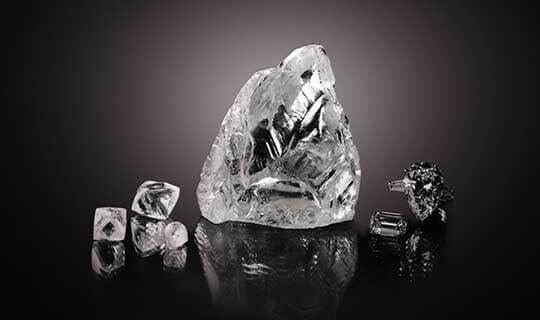 • Ancient era
• Ancient era
The word Diamond is derived from the Greek ‘adamas’ meaning unconquerable. That is why it was chosen to represent eternal love and marriage. It was also used as a tool to cut hard materials. In middle ages, it was considered a talisman to banish evil or protect against enemies in wars. It was prescribed as a healing agent for illnesses and injuries.
The first writing about Diamond is seen in scripts of Roman scholar, Pliny the Elder, in the year 100. He called it the most valuable of all things in this world. First recorded Diamond was discovered in 4th century BC in India. Its ability to reflect light and engrave metals were the bases of high valuation and obviously it was exclusive to wealthy class of India. From Silk Road it traveled to china and then Western Europe. It was Italy that established the first cutting industry in 1330 until Belgium became the new industry centre in 1550. Now European elite had access to this precious stone as well, until Indian reserves were depleted in 18th century.
A new reserve was discovered in rivers of Brazil In 1725 where gold miners were sifting through gravels. The market was supplied by Brazil for 150 years but the demand declined due to political changes in Europe such as French revolution that redistributed wealth and economical class.
• Modern era
The second reserve was found in Orange River of South Africa in 1866. It was a 15 years old Erasmus Jacobs who accidently found a 21.25 carat Diamond. This discovery initiated modern history of this ancient gem. 5 years later, an 83.50 carat deposit was found in Colesberg Kopje which initiated Kimberly Mine project in 1870.
The new reserves increased supply and thus decreased the value. Diamond was not considered a rare stone anymore and became available to all people. De Beers Consolidated Mines, Ltd was established in 1880 by Cecil John Rhodes which controlled 90% of the world production but the value of the stone was halved by 1919. To increase demand, De Beers launched a large scale marketing campaign in 1947 to popularize the slogan ‘a Diamond is forever’. It was a huge success and Diamond became the stone of choice for engagement rings.
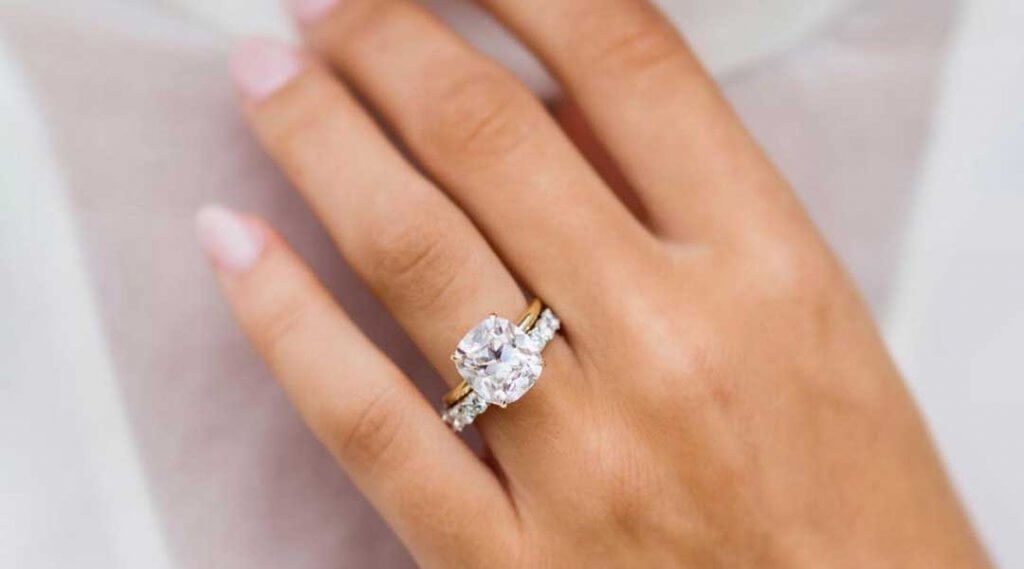 The mining process evolved in South Africa through technological advances which took the mining machinery deep underground but increased production volume from under a million carat in 1870s to 3 million carats in the 1920s, 50 million carats in 1970s and 100 million carats in 1990s. 20th century was evolution of knowledge about Diamond as geologists and mineralogist did more scientific research resulting in easier prediction of new locations and precise evaluation of the stone.
The mining process evolved in South Africa through technological advances which took the mining machinery deep underground but increased production volume from under a million carat in 1870s to 3 million carats in the 1920s, 50 million carats in 1970s and 100 million carats in 1990s. 20th century was evolution of knowledge about Diamond as geologists and mineralogist did more scientific research resulting in easier prediction of new locations and precise evaluation of the stone.
The Gemological Institute of America (GIA) was founded in 1931 by Robert M. Shipley who introduced the Four C’s, the universal Diamond grading system. Today, half of Diamond deposits are mined in Russia and the other half is sourced from 4 other countries, totaling to more than one billion carat world reserves in 10 major mines:
- Aikhal, Russia, 175 million carats
- Jwaneng, Botswana, 166 million carats
- Udachny, Russia, 164 million carats
- Nyurba, Russia, 133 million carats
- Orapa, Botswana, 131 million carats
- Catoca, Angola, 130 million carats
- Ekati, Canada, 105 million carats
- Venetia, South Africa, 92 million carats
- Lomonosov, Russia, 74 million carats
- Mir, Russia, 58 million carats
Most of the mined Diamonds are industrial grade used for drilling and grinding tools and only 20% are gem quality. In order to produce 1 carat Diamond gem, 250 tons of Ore must be mined!
How is the future for Diamond?
Diamond is forever, that is certainly true. It will always be considered beautiful and meaningful on engagement or wedding rings and it will always hold its economical value as world reserves are depleted faster with technological inventions. Even economic downsides encourage people to hold unto more Diamond. However, the more digital the world becomes the more risky diamond shopping. That is why you should select a trusted dealer to secure your investment. We at DiamondNet in Vancouver are such reliable dealer. We offer highest quality products at wholesale prices. We also provide custom designed Diamond rings inspired by history of Diamond yet evolved by a modern personal touch.
